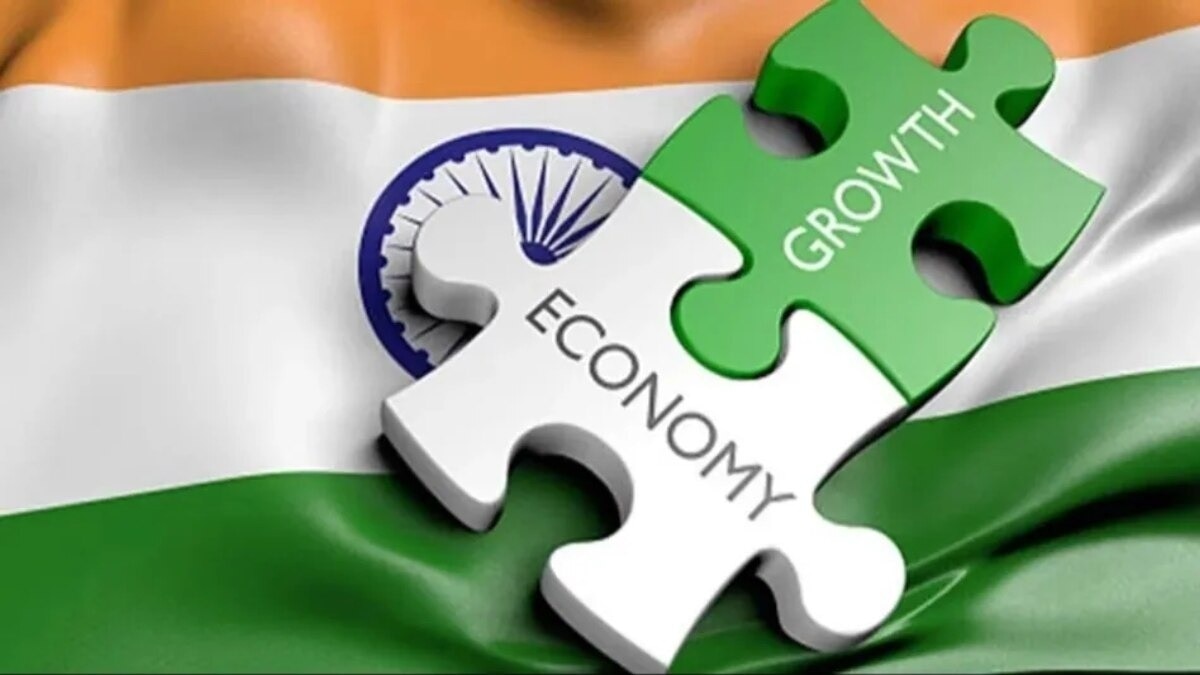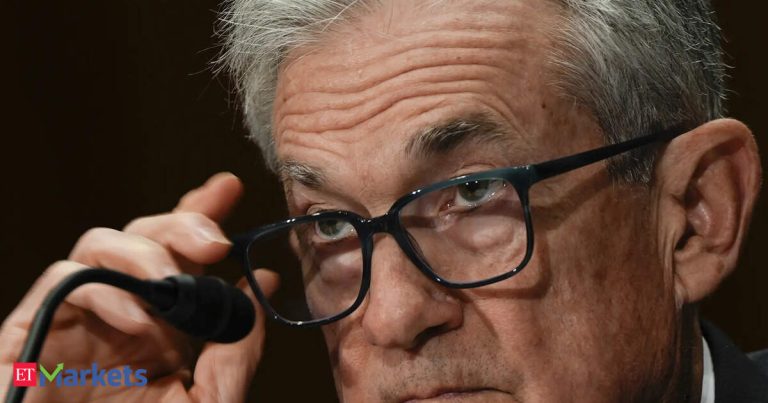India just pulled ahead of Japan in nominal GDP, becoming the world’s fourth-largest economy. But here’s the uncomfortable question: did we truly rise or did Japan simply fall?
Wealth advisor Harshal Batte writes in Linkedin: “This milestone is not just about us overtaking Japan, it’s a story of their decline and our ascent.”
Back in 2010, Japan’s economy was nearly $6 trillion. Today, it has shrunk to around $4.2 trillion—dragged down by an aging population, stagnant productivity, and long-running deflation. In contrast, India has powered up to the $4 trillion mark, doubling its nominal GDP in just a decade and emerging as the fastest-growing large economy in the world.
The International Monetary Fund (IMF) projects India’s growth to stay robust in 2025, hovering between 6.2% and 6.5%, driven by rising consumption, capital expenditure, and structural reforms. India’s per capita income has also doubled in the past ten years, and its global investment inflows continue to surge.
Despite the celebration, Batte warns that India isn’t operating at full potential. “To truly unlock our potential, India needs sustained GDP growth of 8%+ — similar to what China and Japan achieved in their peak years. For that, capital formation must rise above 32%. Today, it’s still around 24%,” he writes.
Key to achieving that: capital formation. India’s capital formation rate—the share of GDP invested into building infrastructure, factories, and assets—currently sits at about 24%. According to Batte, this must rise to at least 32% to unlock the kind of productivity and output that lifts millions out of poverty and creates long-term economic resilience.
Japan’s fall is largely demographic. Nearly 30% of its population is now over the age of 65, and its working-age base is shrinking. That’s led to chronic labor shortages, sluggish consumption, and mounting social security burdens. Japan’s growth model, once envied worldwide, is now caught in a structural trap.
In contrast, India’s median age is just 29.5, and less than 6% of its population is above 65. This demographic dividend gives India an edge—if it can be harnessed through education, job creation, and skilling.
But demographics alone aren’t destiny. Without matching infrastructure, productivity, and investment, the youth bulge could just as easily become a liability. “There’s progress, no doubt. But also a long road ahead”.







